Sláinte Dublin! the Guinness connection
It was still dark as we approached Dublin, right behind a Guinness truck. Kegs were piled high for delivery in this city known for its pubs. This was the first of many reminders of just how intricately the Guinness name and product has been woven into the fabric of Ireland’s capital city.
Dublin has a warm and spirited quality along with a heritage that goes far beyond the pub scene. Dublin was named a top ten city to visit in 2016 by Lonely Planet and was voted the world’s second-friendliest city by readers of Conde Nast Travel magazine.
An early check in at the Fitzwilliam Hotel was an opportunity to enjoy the view of the sun rising over St. Stephen’s Green and the city coming to life. Some people walked through the park and others emerged from the end of the Luas tram line, most heading toward the lively Grafton Street pedestrian shopping area and the nearby government and business districts.
Since keeping to the local time zone is the best way to fight jet lag, the best thing to do was to head out to explore the city. The hotel is within walking distance of some of Dublin’s finest museums, theater, restaurants and pubs, but it was too early for that. Across the street was St. Stephen’s Green and a statue of Sir Arthur Edward Guinness, better known as Lord Ardilaun. He bought and landscaped the land and donated it to the public in 1880.
Lord Ardilaun was the great-grandson of Arthur Guinness, founder of the Guinness Brewery. The stately building now known as Iveagh House at 80 and 81St. Stephen’s Green belonged to Lord Ardilaun’s father, Benjamin Lee Guinness, who is said to have been the richest man in Ireland.
Sir Arthur Edward Guinness sold his interest in the brewery to his younger brother, Edward Cecil Guinness, who was the first Lord Iveagh. Lord Iveagh’s son, Rupert, the 2nd Lord Iveagh, donated the house to the Irish government. It now serves as the Department of Foreign Affairs. He gave the Iveagh Gardens out back to University College Dublin.
Beyond St. Stephen’s is Merrion Square Park. It is surrounded by beautiful red brick Georgian townhouses, many with plaques naming notable former residents. Their colorful and much-photographed “Dublin doors” are typically topped with elegant fanlights and often embellished with ornate knockers. These homes were built in the prosperous times during the reigns of George I through George IV. Dublin was then the second largest city in the British Empire after London.
Like St. Stephen’s Park, Merrion Square Park was once open only to the affluent abutting residents who had a key, but is now open to all. Dublin is the fourth UNESCO City of Literature, and in this park there’s a state of Oscar Wilde, who lived at #1 Merrion Row.
William Butler Yeats lived at #82. The National Gallery’s grand entrance is also on Merrion Square.
Merrion Row is also an area of restaurants and pubs. There’s fine dining at Marcel’s, known for its French cuisine. For a relaxing lunch there’s the elegant traditional decor —dark wood, flocked wallpaper, and gilded mirrors — and ambience inside another popular spot, Hugo’s at #6 Merrion Row.
Their slow cooked Guinness braised beef with creamy mash is an example of the distinctive taste of Irish meats. The spent grain from the Guinness brewery is ground to grist and used as animal feed, giving Irish beef and dairy a rich flavor.
O’Donoghues at #15, a popular stop with both locals and tourists for a pint of Guinness, traditional Irish music, and some “craic,” as the Irish call fun times and conversation.
Arthur Guinness began brewing beer in Dublin in 1759. Although it was a time when taxes were lower on English beer, something set his Irish beer apart from the rest. Guinness went on to become one of the most successful beer brands in the world, despite waiting over a century and a half before advertising.
The company no longer makes therapeutic assertions and EU regulations ban claims of health benefits for alcohol products. But many still adhere to the early advertising slogan that the iron-rich “Guinness is Good for You.” It was given to nursing mothers in hospitals and “Give a Pint, Get a Pint” was once the policy for blood donation.
Robert Louis Stevenson brought Guinness to Western Samoa and wrote about drinking it while recovering from the flu. British Prime Minister Benjamin Disraeli was known to enjoy the traditional combination of Guinness and oysters. And Guinness stout was added to the champagne as a symbol of mourning when Queen Victoria’s consort, Prince Albert, died. This cocktail became known as a Black Velvet.
A Hop-On Hop-Off tour is one of the best ways to get an easy overview of the city. The 48 hour ticket (€19, adults, €17 seniors and students) is ideal for following the entire two hour loop in the afternoon with time left during the next day and a half to head back to the places of greatest interest. Stop #7 of the Green Bus Hop-On Hop-Off tour is nearby the restaurants of Merrion Row.
Hop aboard and you may find a driver whose name changes from Paddy to Sean to Mick as the tour progress. You may hear that Dublin has about a thousand pubs. And when you pass one the name Guinness also comes into view.
The tour passes by Mansion House, official residence of the Lord Mayor of Dublin. Benjamin Lee Guinness once served as Lord Mayor there.
Continue toward Trinity College, founded in 1592 by Queen Elizabeth I. The library is home to the 9th century Book of Kells, the gospel manuscript hand illustrated by some of the most talented Irish monks of the Dark Ages.
The Long Room of the 18th century Old Library is lined with two hundred thousand of the college’s oldest books.
The Guinness legacy pops up again at the display of Ireland’s oldest harp, the Brian Boru harp, named for the High King of Ireland.
Coins minted by the Irish Free State are stamped with the harp’s straight edge to the right to differentiate it from the version Benjamin Lee Guinness trademarked in 1876 for the Guinness label, which has it to the left.
Another popular stop is St. Patrick’s Cathedral, founded in 1191 and rebuilt in stone in 1220 in Early English Gothic style by the Anglo-Normans. It was built in honor of Ireland’s patron saint, St. Patrick, who is said to have baptized converts in a well on this site.
Jonathan Swift, author of Gulliver’s Travels and most famous Dean of the Cathedral, and Archbishop Marsh, founder of the first library in Ireland, are among those buried here.
But it is the contributions of the Guinness family that made the cathedral what it is today.
In the 1860s Benjamin Lee Guinness donated £150,000, worth about € 8 million today, to restore what was then a dilapidated church. Look carefully and you may find a boar, the symbol of the Guinness family, on some of the colorful floor tiles.
Magnificent stained glass Cathedral windows are dedicated to Benjamin Lee Guinness’ son, Edward Cecil Guinness, whose support of the Cathedral included new bells. Stained glass windows in Lady Chapel are dedicated to Benjamin Lee Guinness’ only daughter, Annie Lee Plunkett, wife of the Archbishop.
The scripture text on one of them reads “I was thirsty and ye gave me drink.”
Guinness also began restoration of the adjacent Marsh’s Library. This meticulously preserved library with an exceptional collection of over 25,000 late Renaissance and early Enlightenment books is open to the public .
The bus loop continues in the historic Liberties neighborhood of Dublin, named for the medieval times when England’s King Henry II granted this land west of the city to Augustinian monks to establish an abbey. He gave them special powers and privileges like full jurisdiction, freedom from taxation, and the ability to trade freely.
The Liberties grew to be a center of commerce and industry. It was the hub of distilleries and breweries, none more renowned than the Guinness brewery at St. James Gate.
The Guinness and other prominent families built housing developments here and throughout the city to replace the slums that had developed. This historic area is now an arts and entertainment area with plenty of shopping, food, and drink. There are antique shops, galleries, food markets and a weekend flea market.
The next stop, the Guinness Storehouse, is the #1 tourist attraction in Ireland. Over 14 million people have visited since it opened 15 years ago.
And in September, 2015, it received the Europe’s Leading Attraction title at the World Travel Awards, topping even the Eiffel Tower. That’s where the Guinness story came to life.
This seven story building shaped like a pint glass is in what was a Guinness Brewery fermentation plant from 1904-1988. It is a place to learn about the history and brewing process, see some of the old brewing equipment, and smell and taste the ingredients.
The third floor is dedicated to 80 years of uniquely Guinness advertising and a place to learn to pull the perfect pint.
The Gravity Bar, the highest bar in Dublin, is on the top floor. It’s the place to enjoy a complimentary pint along with a panoramic view of the city.
The Guinness brewery story began when Arthur Guinness inherited 100£from his godfather, the Archbishop of Cashel. Arthur’s father was the Archbishop’s land steward and is said to have brewed beer for the workers.
In 1759 Arthur signed a 9000 year lease on four acres at Dublin’s James’s Gate. It included a dilapidated brewery and free access to a water source for 45£a year.
The brewery grew to be the first with its own narrow gauge train network and became a “City within a City” with own medical center and fire department. Its Grand Canal and harbor access was key to transporting goods right into the 20th century.
Guinness was once the largest private employer in Dublin. Visitors can learn about family members who worked there at the Guinness Archive, housed in the Guinness Storehouse. The archive maintains the personnel records of most of its employees from the 1880s, when they started a pension plan. Information may also be requested online.
The company began publishing the Guinness Book of Records in 1955 as a reference book for settling disputes in pubs. According to Guinness archive it became the best selling copyright book of all time. The Guinness brand merged with Grand Metropolitan in 1997 to form Diageo PLC, but the family’s legacy lives on.
Ashford Castle, circa 1228, was the Guinness family’s country home for over 100 years and a place where they entertained royalty. This 350 acre property is in Galway, on Ireland’s west coast. Scenes in “The Quiet Man” with John Wayne and Maureen O’Hara were filmed there. It is now a posh 5-star Red Carnation property named the #1 hotel in the world in 2015 by an international network of travel agencies. I was told it is the most expensive hotel in Ireland.
Anyone can walk in the footsteps of the Guinness family at Farmleigh House, the Guinness family home from 1847 to 1992, in Dublin’s Phoenix Park. It was restored after being sold to the Irish State and now accommodates visiting heads of state like Queen Elizabeth II and President Obama. This gem is open to the public for concerts, summer and Christmas markets, and free tours.
Hungry for more? Cross the Ha’Penny Bridge to drink in the history with a fine meal at The Church Bar & Restaurant, in the former St. Mary’s Church of Ireland. It is one of the earliest examples of a galleried church in Dublin and is where Arthur Guinness, founder of Guinness Brewery, was married here in 1761.
John Wesley, founder of the Methodist Church, delivered his first Irish sermon here in 1747. Jonathan Swift, author of ‘Gulliver’s Travels’ and Dean of St. Patrick’s Cathedral attended services here, and George Frederic Handel used the organ to practice here before he first performed the Messiah, in Dublin, in 1742.
The Guinness beer we enjoy in the USA is still brewed at St. James Gate, the largest brewery in Europe. The Guinness network runs worldwide, with over ten million glasses of Guinness beer enjoyed daily in 150 countries. As they say in Ireland, Sláinte!

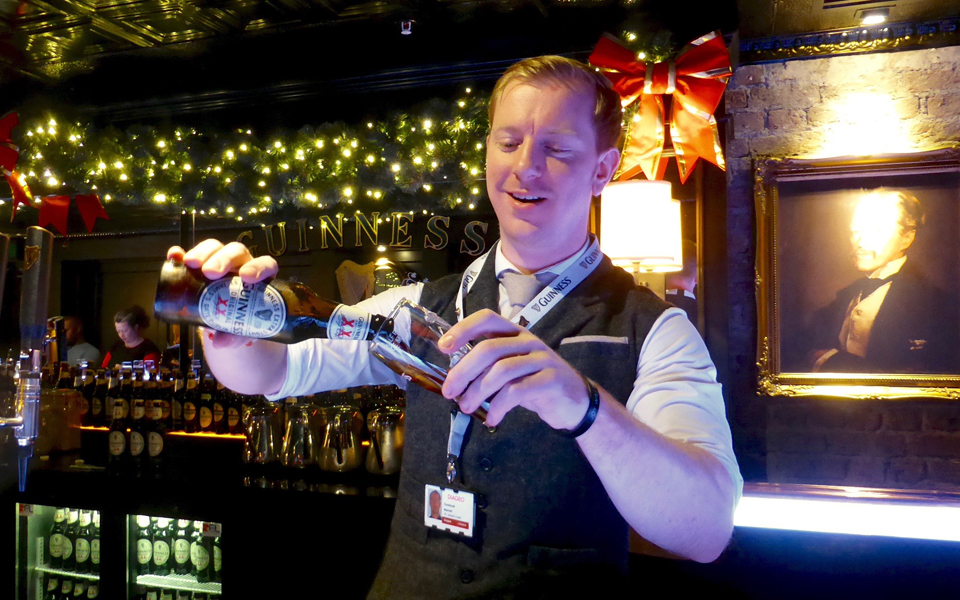
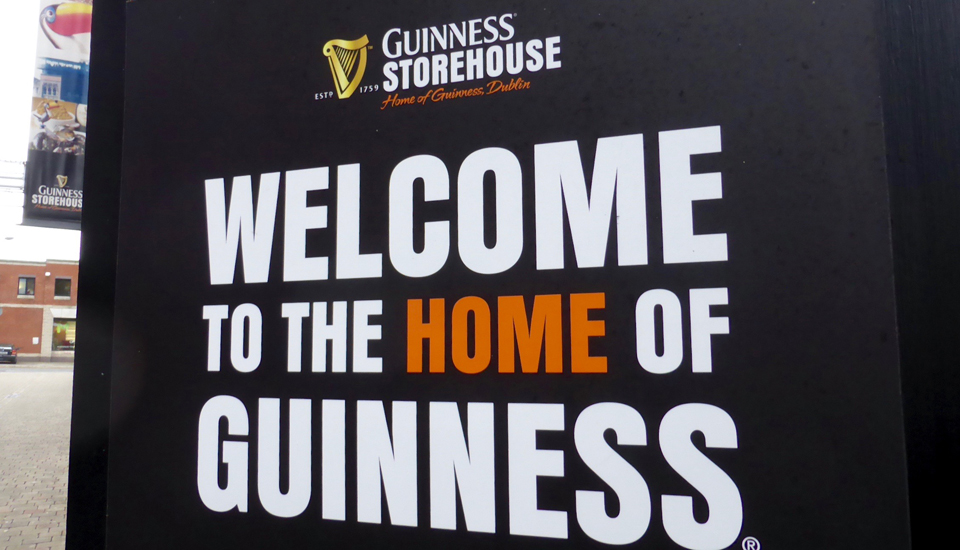
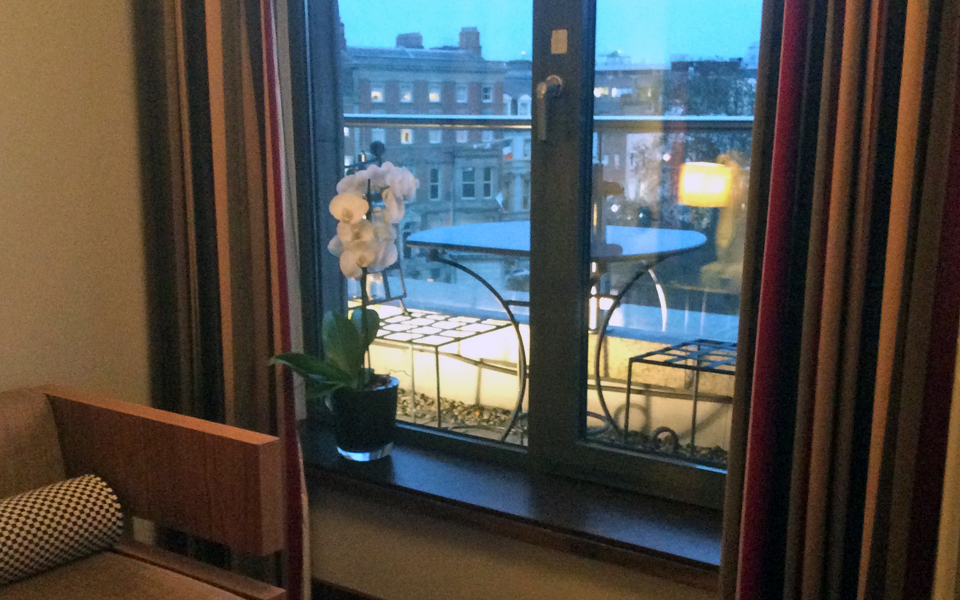
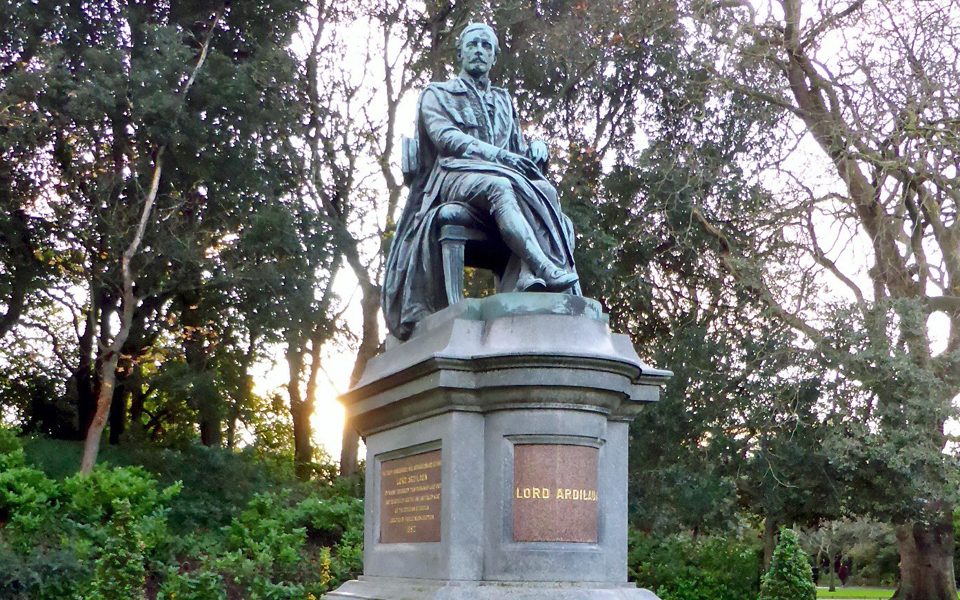
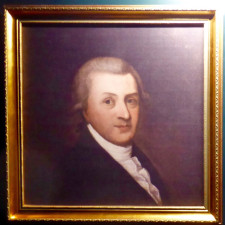
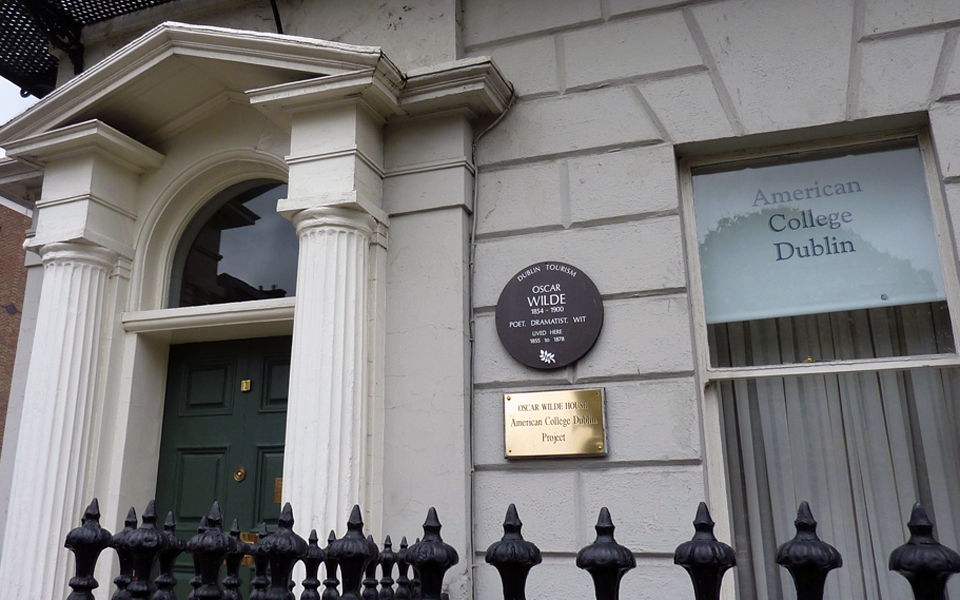
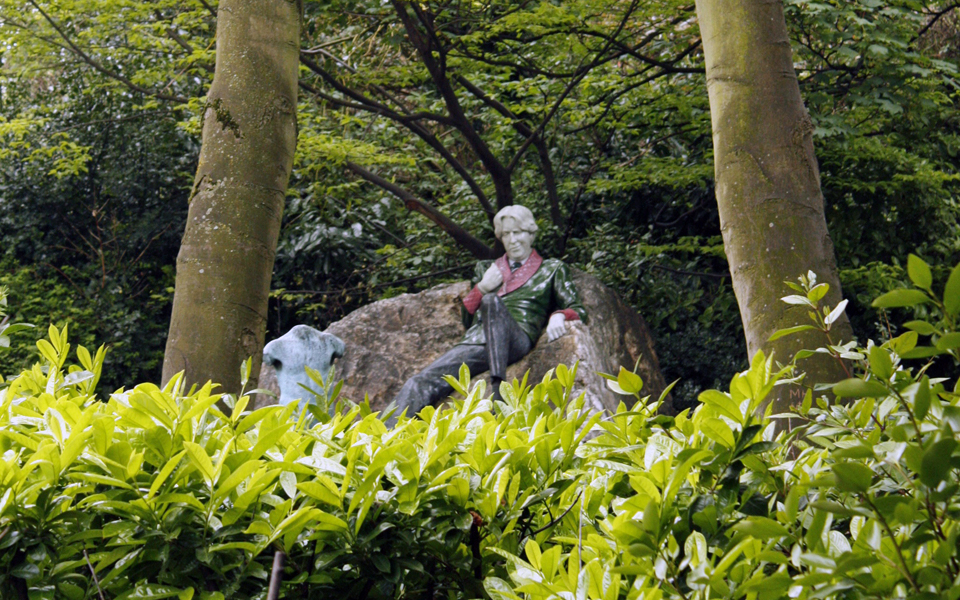
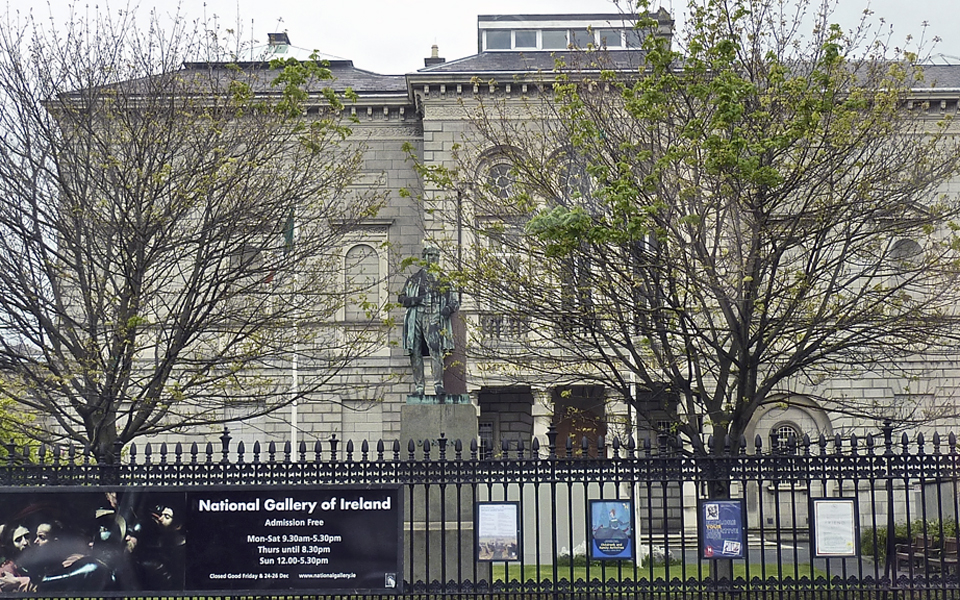
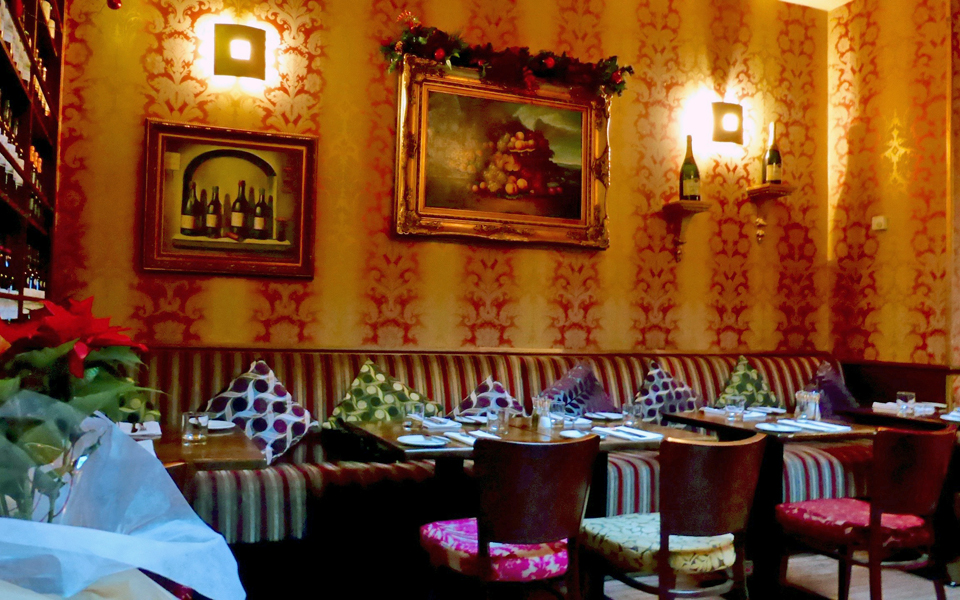
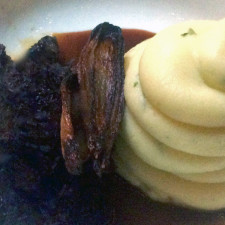
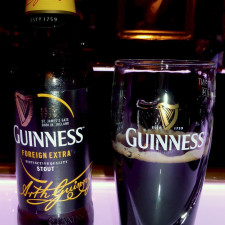
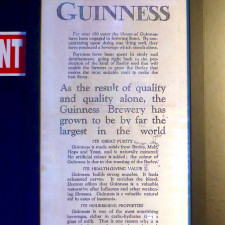
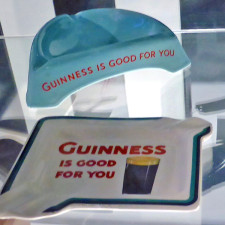
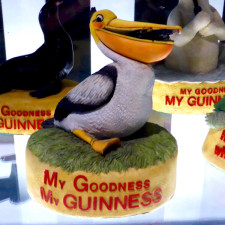
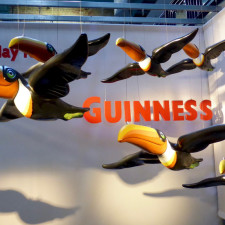
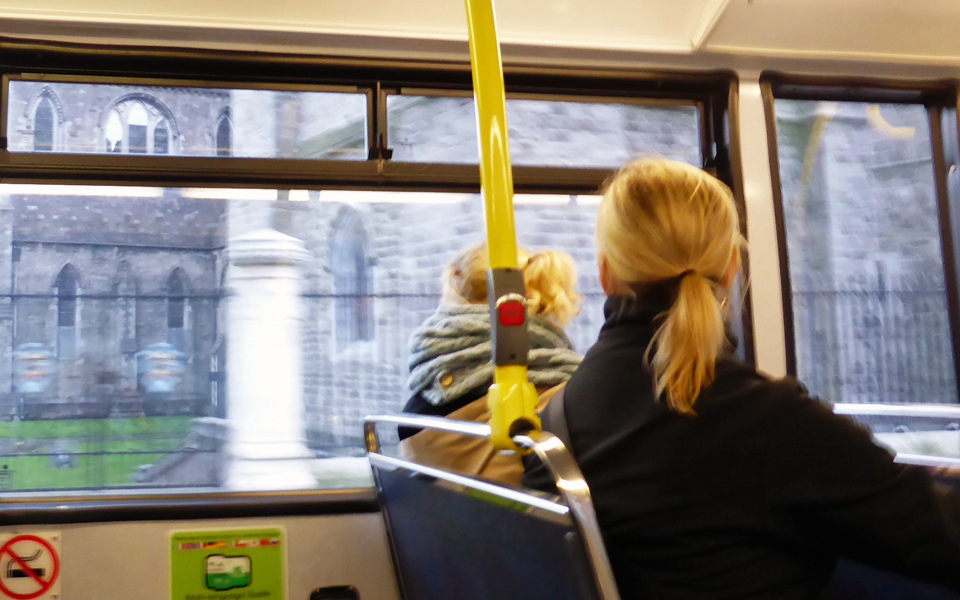
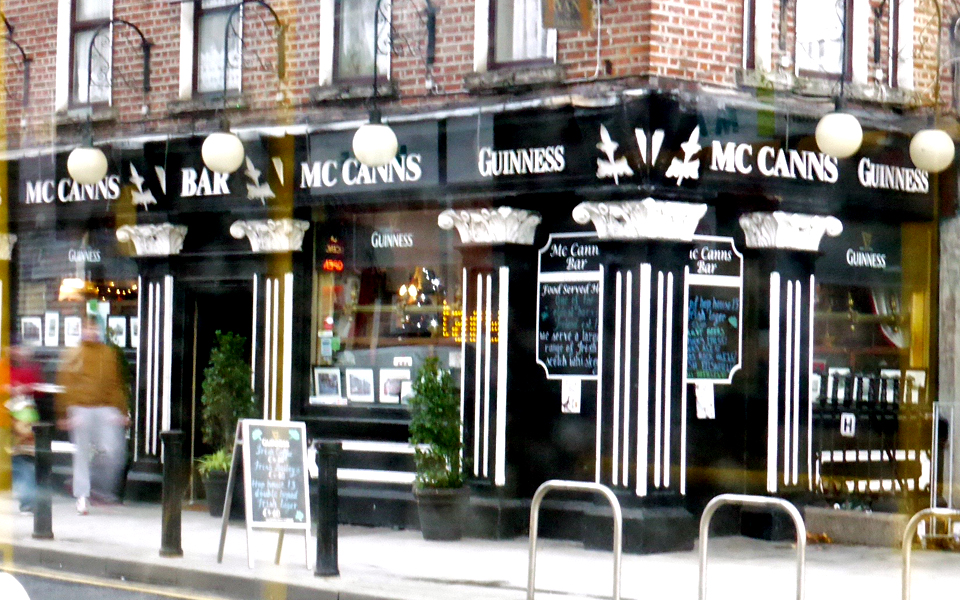
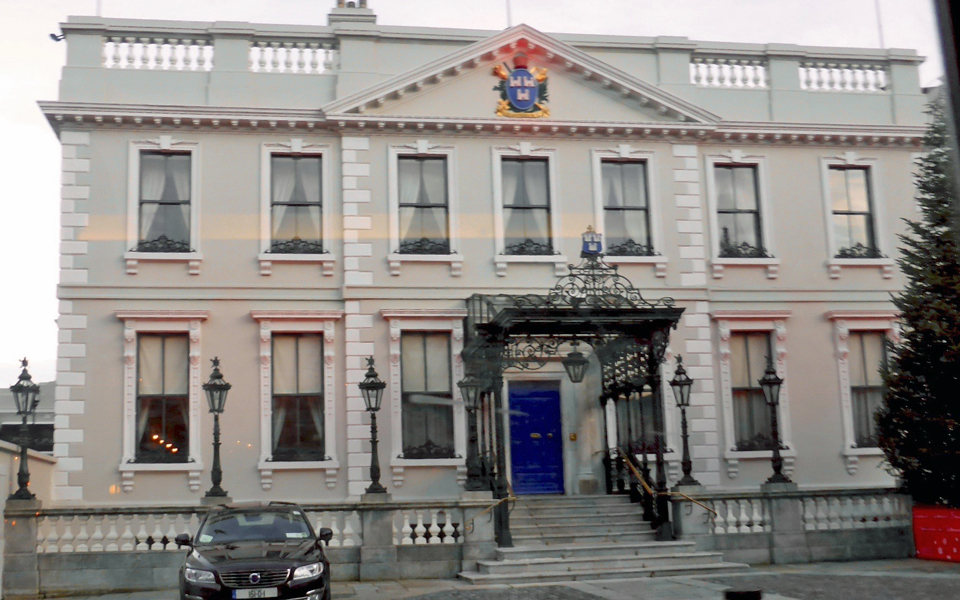
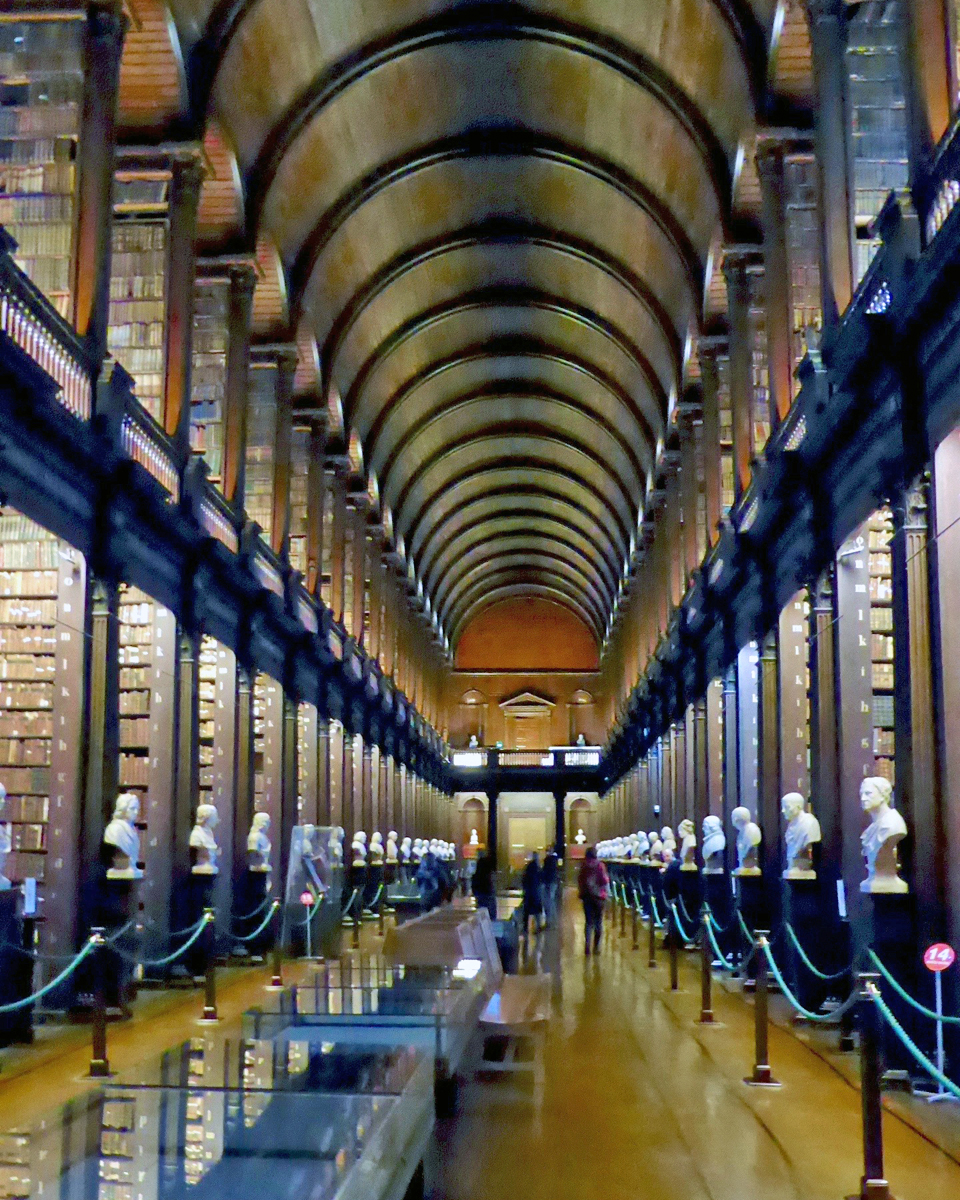
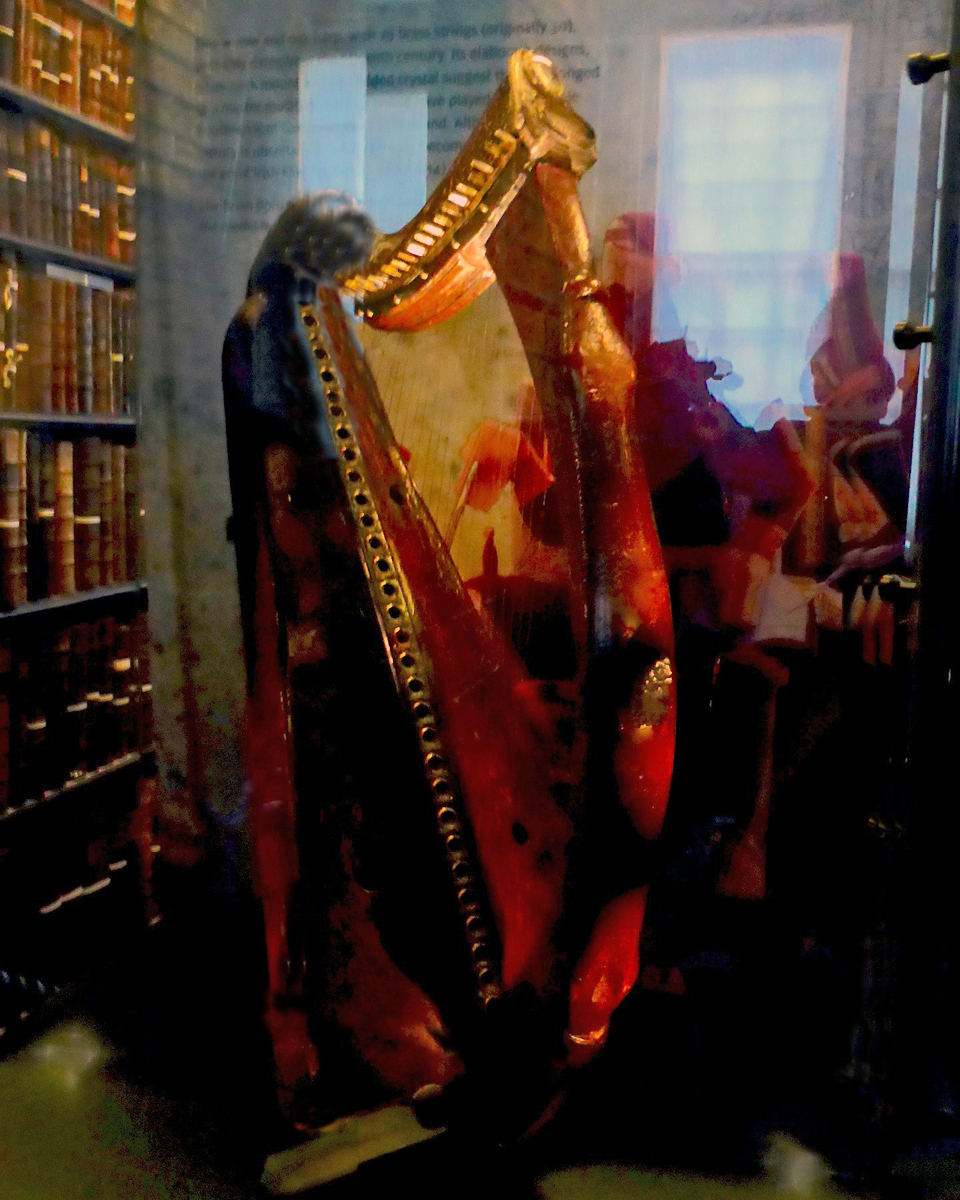
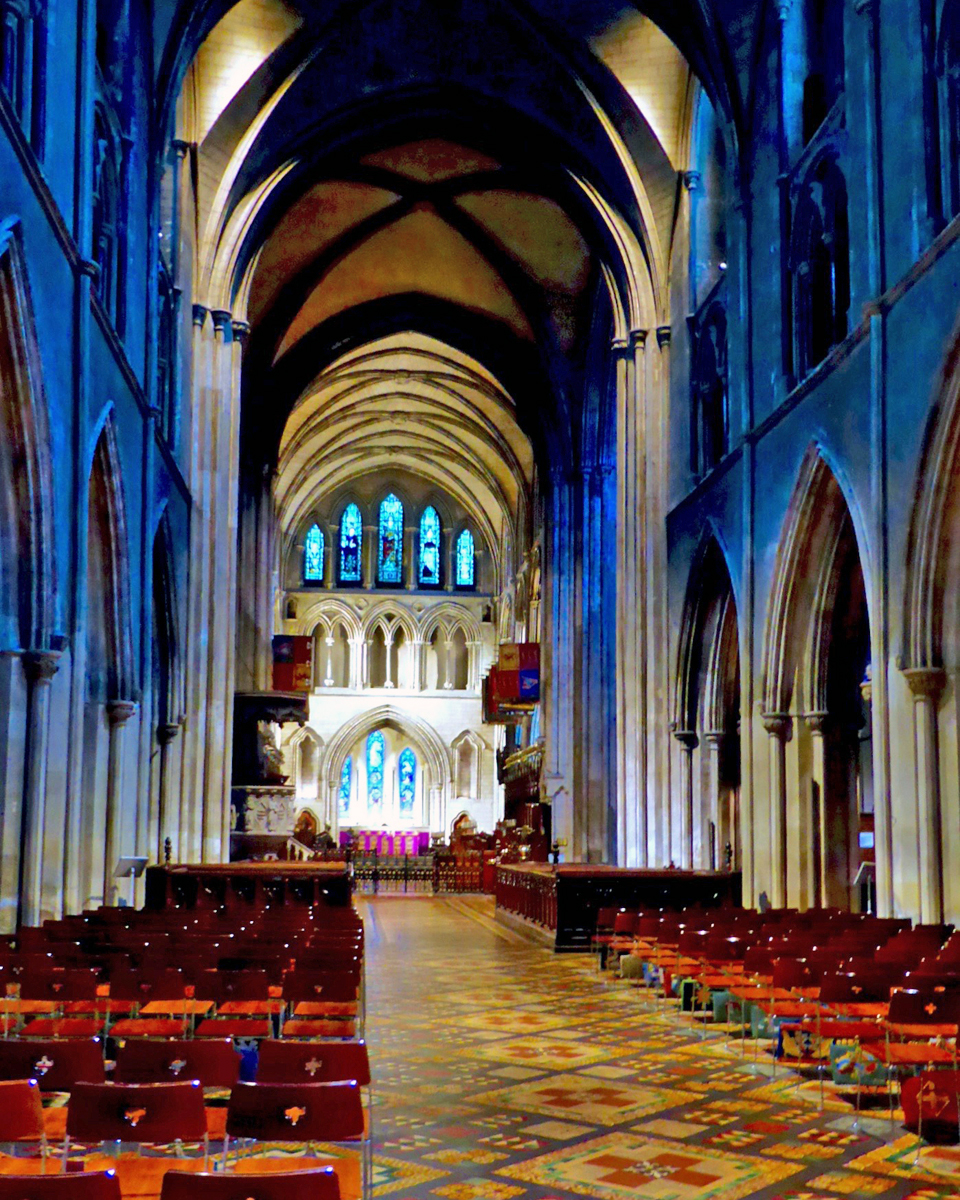
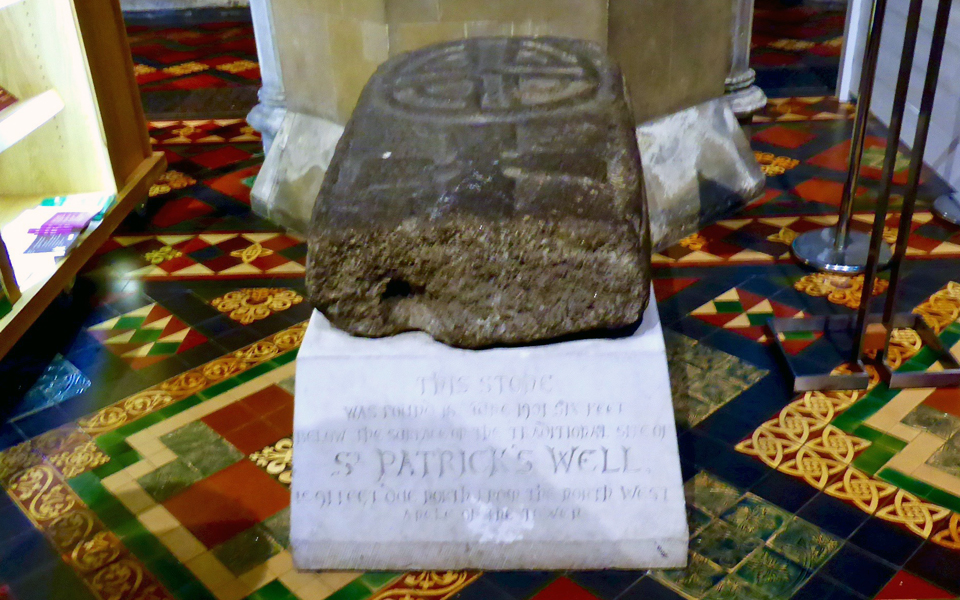
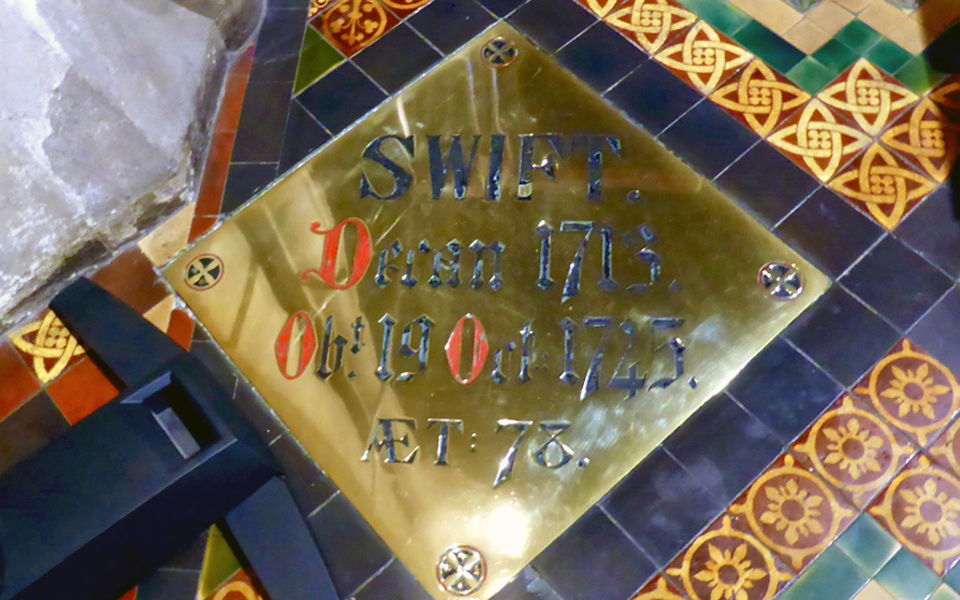
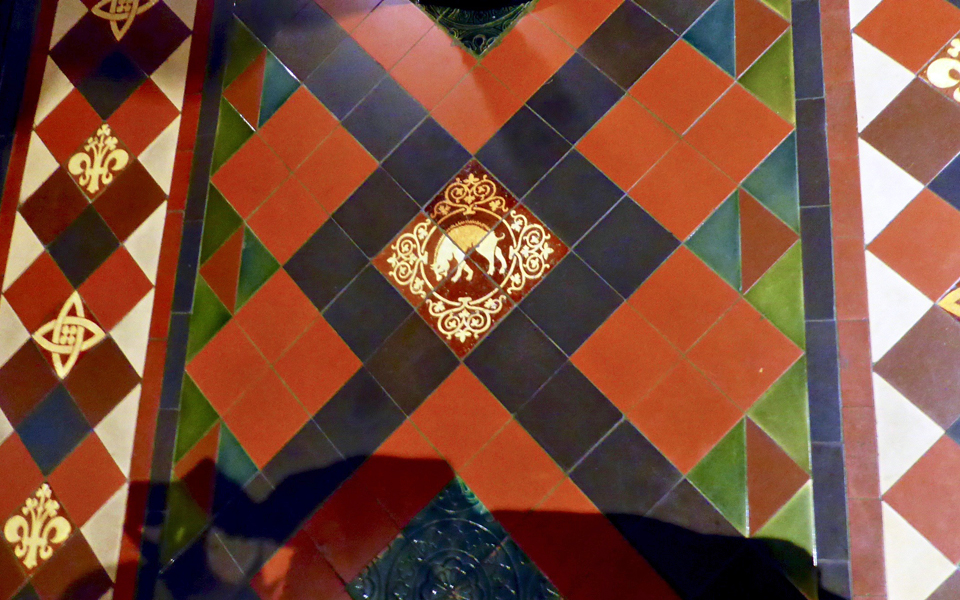
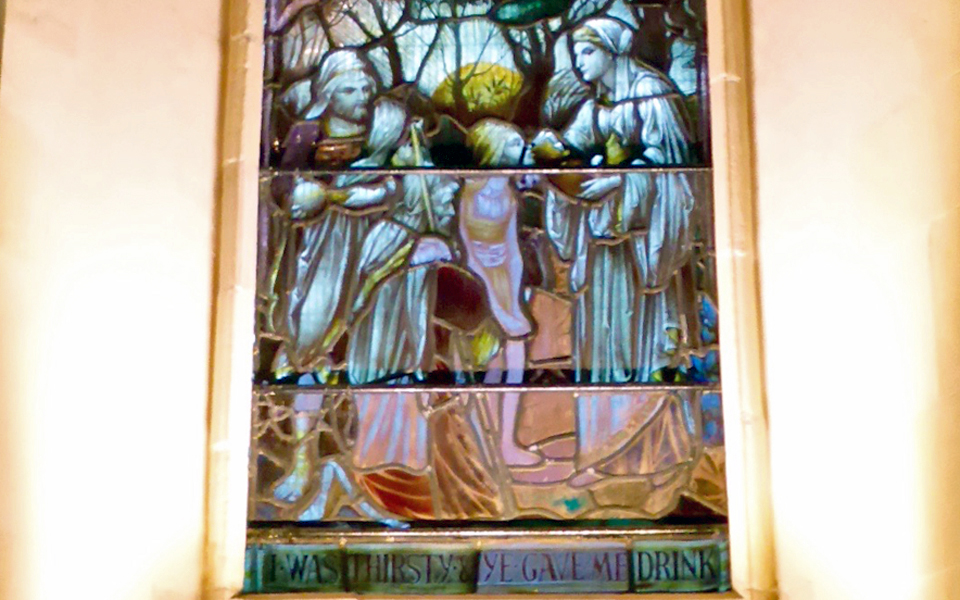
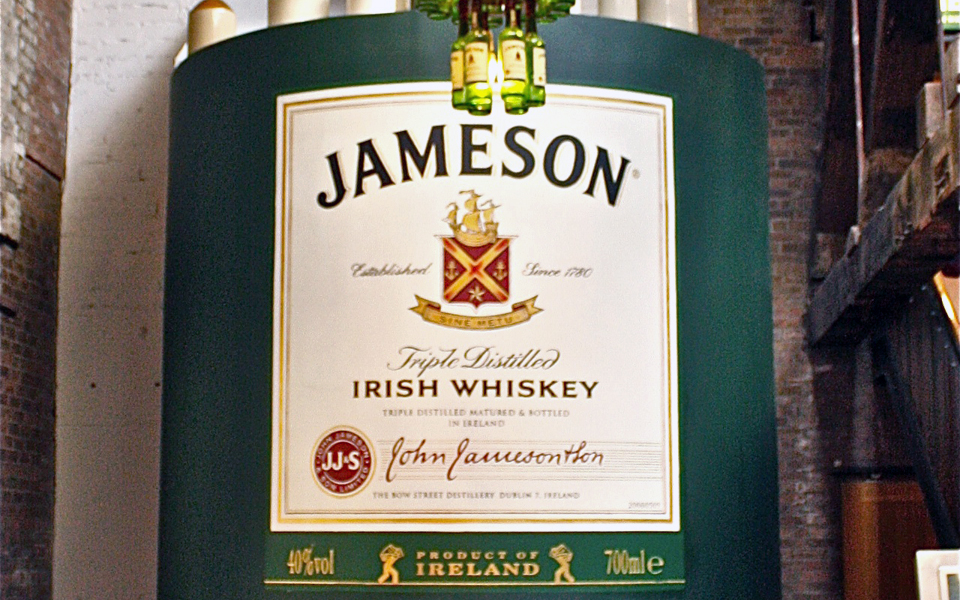
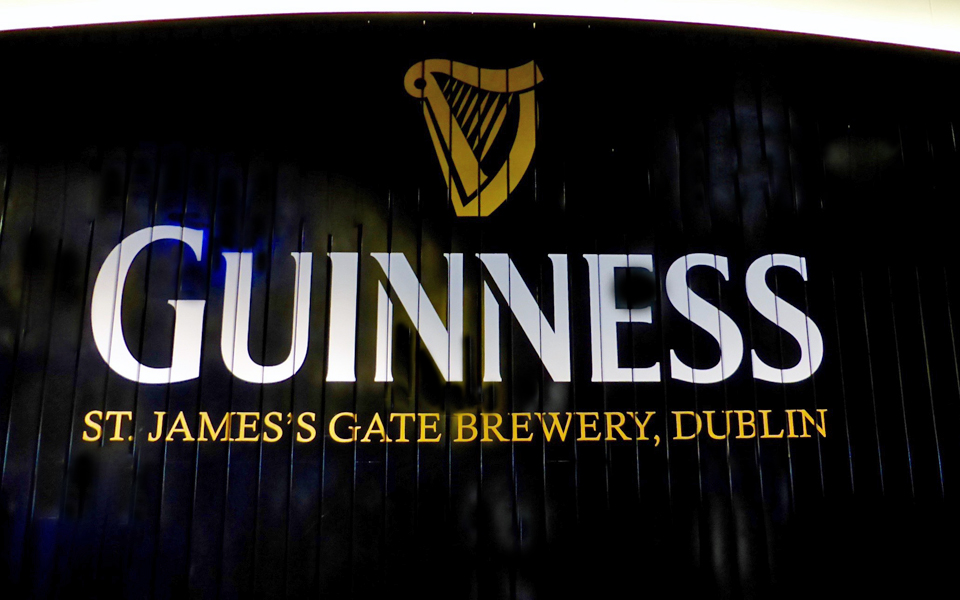
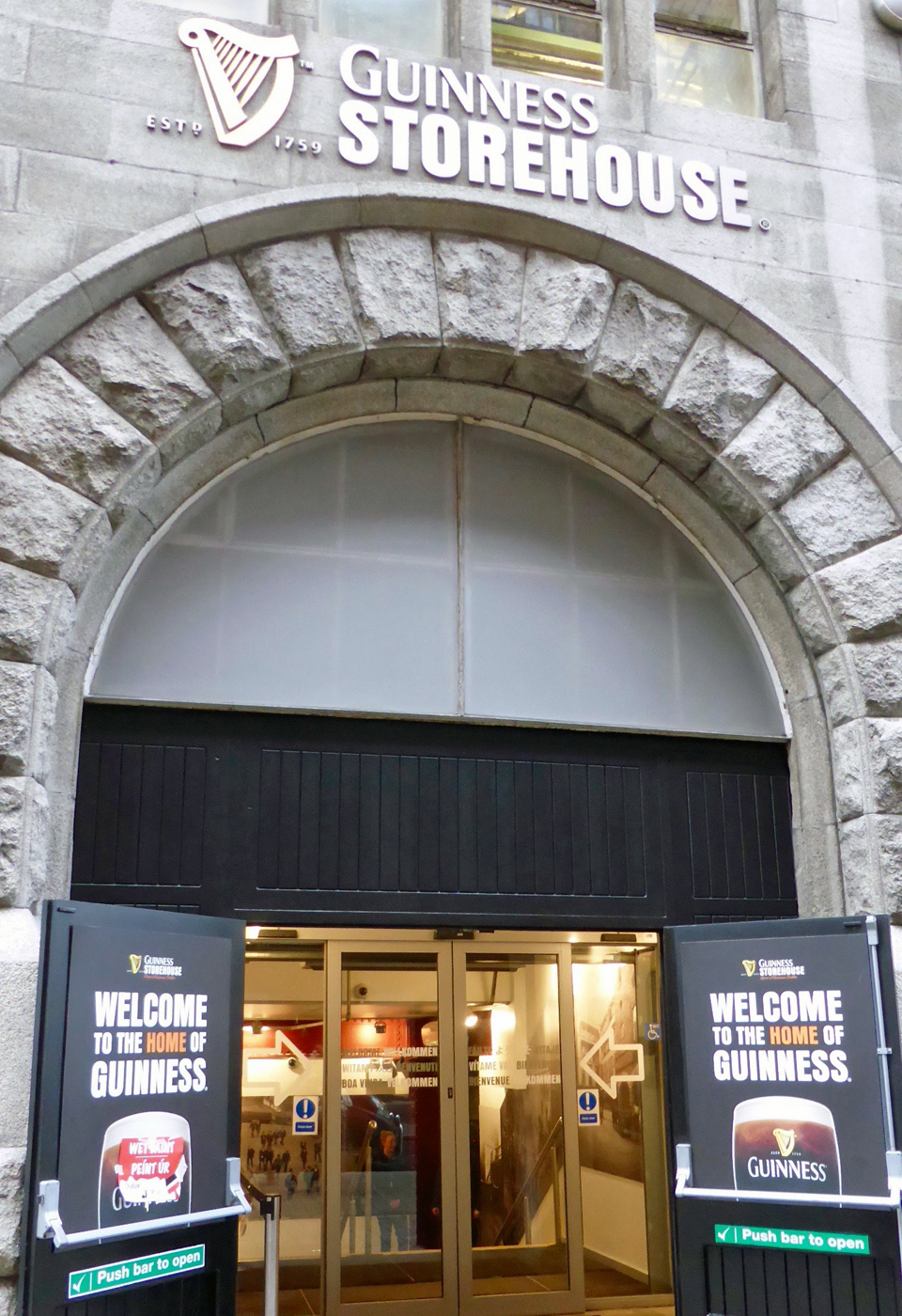
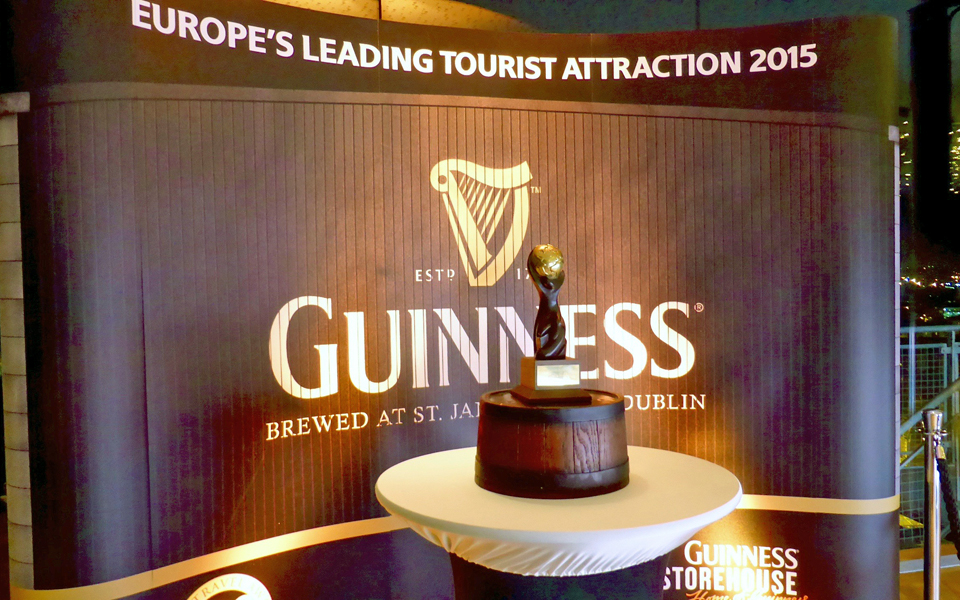
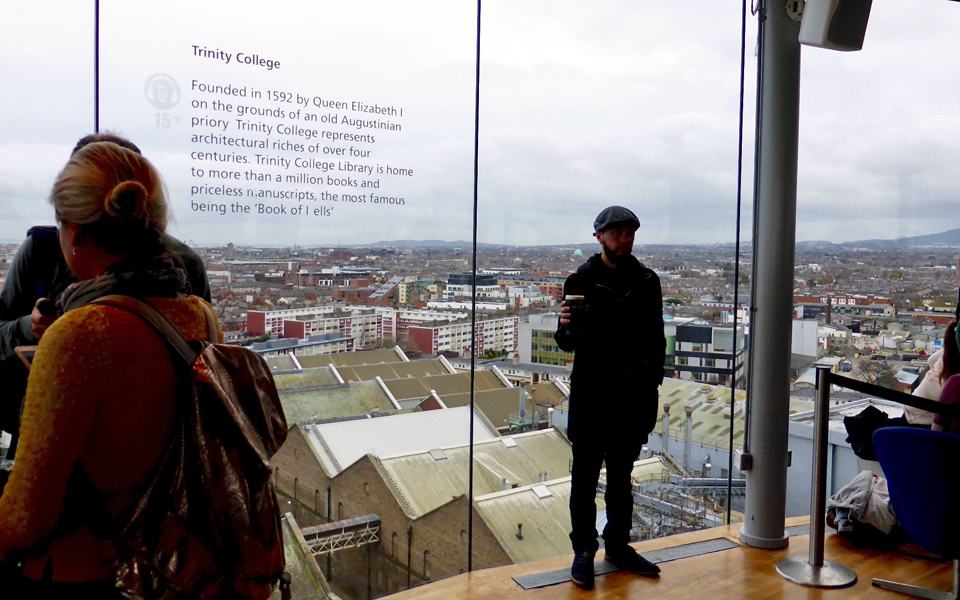
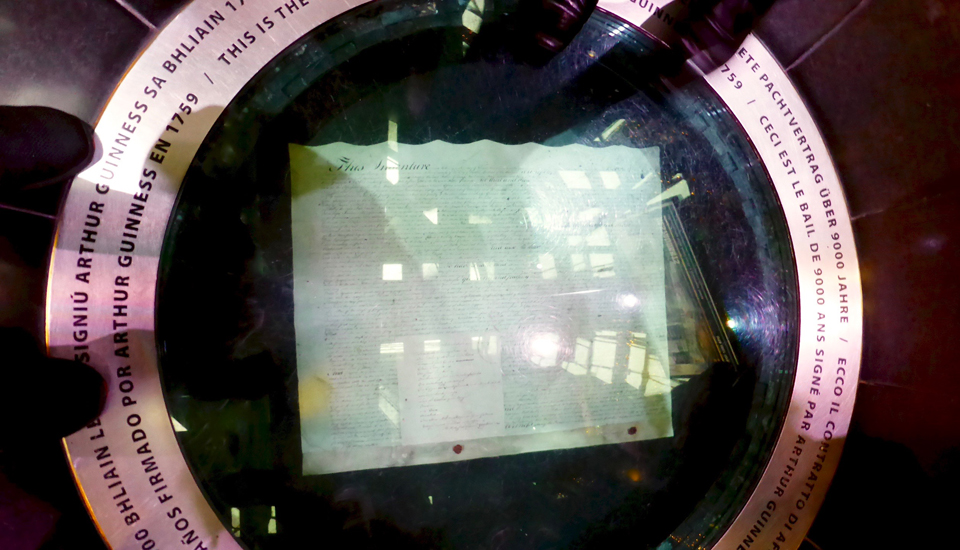
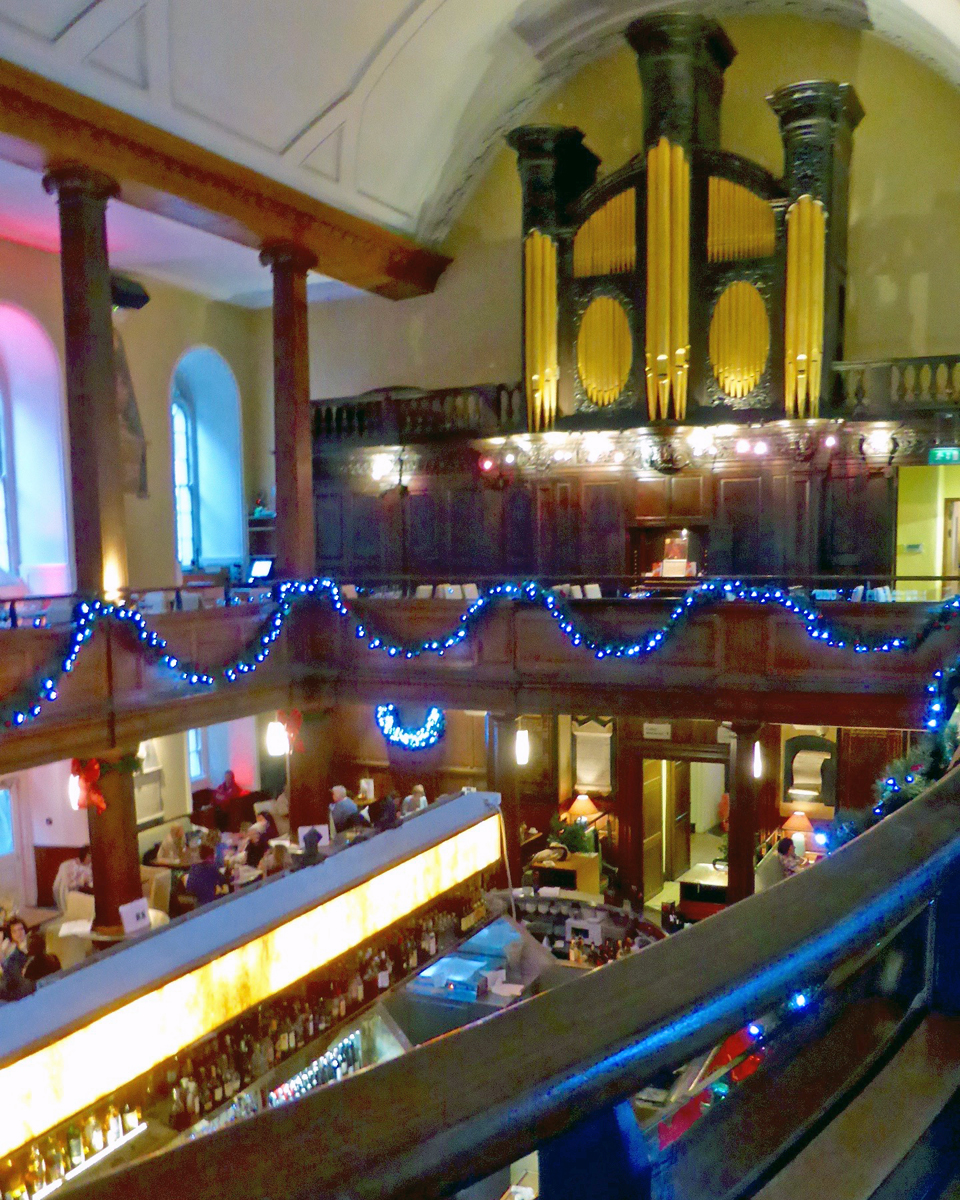
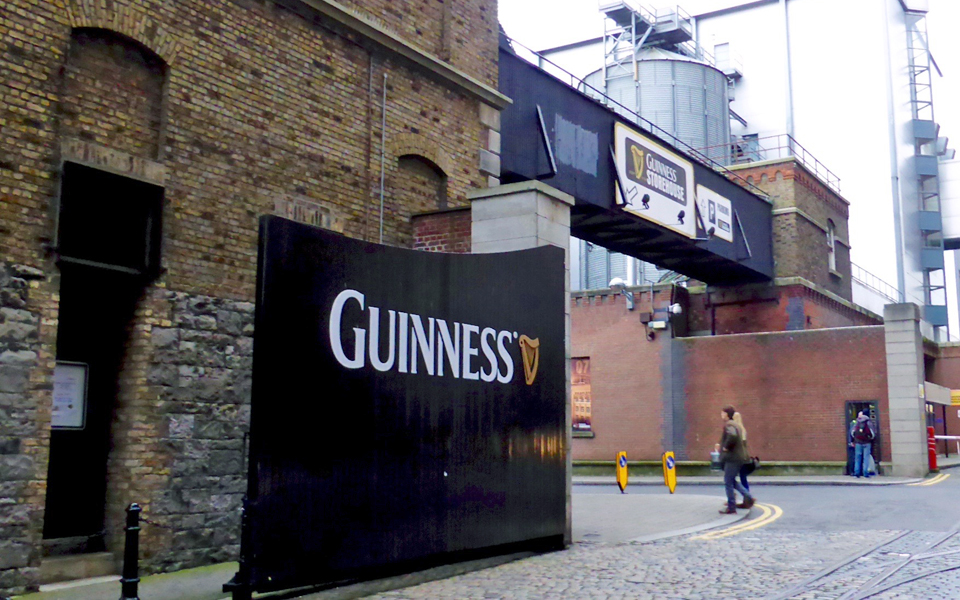
Jaime la Guinness
Moi aussi!